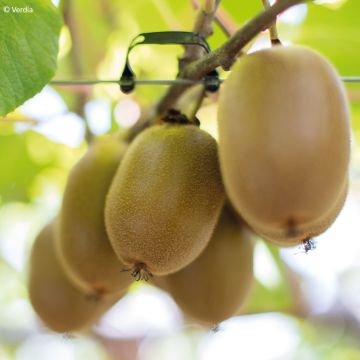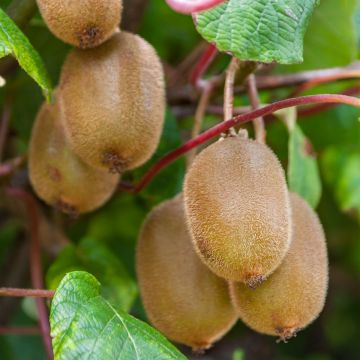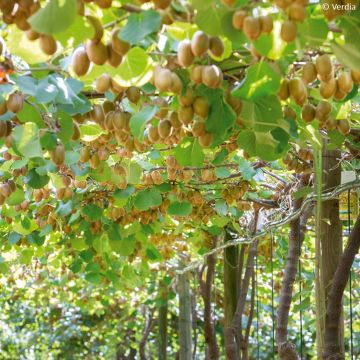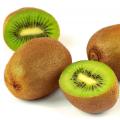Kiwis with large fruits
Would this plant suit my garden? Set up your Plantfit profile →
Available in 1 sizes
Available in 0 sizes
Available in 0 sizes
Available in 1 sizes
Available in 3 sizes
Available in 1 sizes
Available in 1 sizes

Available in 2 sizes
Available in 1 sizes
Available in 1 sizes
Available in 0 sizes
Available in 1 sizes
Available in 2 sizes
Available in 1 sizes
Available in 1 sizes
Available in 1 sizes
Available in 2 sizes
Available in 1 sizes
Available in 1 sizes
Available in 1 sizes
Available in 1 sizes
Available in 1 sizes
Available in 1 sizes
Available in 2 sizes
Available in 1 sizes
Available in 1 sizes
Available in 1 sizes
Available in 2 sizes
Available in 1 sizes
Available in 1 sizes
Large-fruited kiwis come from Actinidia deliciosa, also known as the Chinese gooseberry, yang tao, or vegetable mouse. Among its iconic varieties, 'Hayward' and 'Bruno' are well-known for their delicious, large fruits. The variety 'Tomuri', a male plant, is an effective pollinator for 'Hayward' which produces large fruits with green, juicy flesh rich in vitamin C. 'Bruno', with its sweet, oval fruits, pairs well with the male kiwi 'Atlas'. The female kiwi 'Monty', with its firm and tangy fruits, finds an excellent pollinator in 'Minkimale'. 'Solissimo' is a self-fertile variety that does not require a male pollinator and produces tasty fruits. The female kiwi 'Minkigold' is famous for its yellow, sweet, and aromatic flesh and pairs well with male pollinators like 'Minkimale' or 'Chico'. Discover all our varieties of large-fruited kiwis on these pages.
To thrive, Actinidia deliciosa kiwis need a sunny exposure, rich and well-drained soil, and regular watering. Protection against strong winds and mulching to maintain moisture are also recommended.
Haven't found what you were looking for?

































































